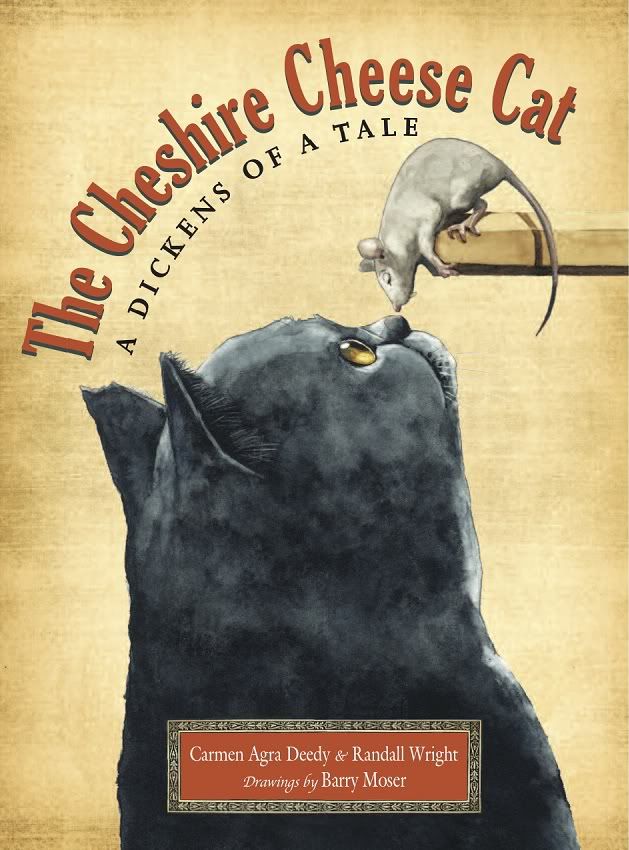Did you know May is Better Speech and Hearing Month? The
purpose is to raise awareness about communication disorders and to promote
treatment. I’m a speech therapist and I think our profession is worth celebrating;
however, I’m not sure everyone would see it that way. Take for example, David
Sedaris. In his book, Me Talk Pretty One Day, his description of speech therapy
was anything but pretty. I cringed (and laughed) when I read his
description of the “agent” coming to take him away,
“My capture had been scheduled to
go down at exactly 2:30 on a
Thursday afternoon.”
The agent, if you haven’t already guessed, was his speech
therapist coming to his fifth-grade classroom to take him out (not as in “rub
him out” although the humiliation may have made him feel that was her intent).
David went on to describe his hilarious, if somewhat painful, memories of
speech sessions. He had a lisp and so he pronounced “s” as “th.” Besides
embarrassing him, his speech therapist had him read, “childish s-laden text
recounting the adventures of seals or settlers named Sassy or Samuel.”
Ooh, that hurts. I hate to admit it but I’ve been guilty of
inflicting my students with plot-less stories, just to give them a lot of
practice pronouncing their target sounds. But that was a long time ago. I have
since discovered an abundant supply of fabulous books to read, filled with
whatever target sounds I’m looking for. For example, if I had a fifth grade
student with a lisp, I could open The Cheshire Cheese Cat: a Dickens of a
Tale, by Carmen Agra Deedy and Randall Wright. On the very first page there
are plenty of “s” sounds for practice.
“He
was the best of toms. He was the worst of toms.
Fleet of foot,
sleek and solitary, Skilley was a cat among cats. Or so he would have been, but
for a secret he had carried since his early youth.”
Look at all those “s” sounds - and what a delightful way to
practice them. The first lines of this book drew me in immediately with its nod
to Dickens’ A Tale of Two Cities. I am a fan of Charles Dickens, animal
stories, humor and good writing, so this book was a hit with me right from the
start. I haven’t had the opportunity to use it with my students yet, but I have
“great expectations” for doing so.
The secret Skilley hides is his extreme fondness for cheese;
and he does not eat mice. These qualities lead him into a unique
relationship with the throng of mice who inhabit Ye Olde Cheshire Cheese, a pub
which is a gathering place for famous authors in 19th-century London. One
of these authors is Charles Dickens himself. In this story, Dickens is
struggling with a severe case of writers’ block. Eventually, he is assisted by
Pip, a literate and literary mouse. This romping tale is full of adventure and
challenges. The tension builds when a conniving cat arrives and the alliance
between Skilley and the mice grows strong. The story has twists and turns,
plots and subplots, and captivating characters. Described as being suitable for
children age eight and up, I think Dickens’ fans of all ages will enjoy the
humorous use of familiar lines and phrases. In one conversation, Skilley and
Pip spoke of “our mutual friend;” there was “artful dodging” of passing cabs;
and when the barmaid renames the conniving cat, Oliver, it brought “an
unwelcome twist” to the story.
I’ve solved the problem of plot-less stories in speech
sessions. I don’t use them. And I’d never intentionally embarrass a student
when I escort them to speech. The younger ones are thrilled to go. In fact, the
difficulty comes with telling the other students why they don’t “get” to go to
speech. Older students require a bit more subtlety. Fortunately, they don’t
need me to come knocking at their door. David Sedaris’ humorous essay should be
required reading for speech therapists. It’s eye-opening to see our job from
the other side of the table!

This comment has been removed by the author.
ReplyDeleteLoved your review of the Cheshire cat story. Makes me want to read it and share it with others. I'm anxious to hear how the students respond to it.
DeleteThank you for dropping by my blog. I think you'll enjoy the Cheshire Cheese Cat - I certainly did!
ReplyDelete